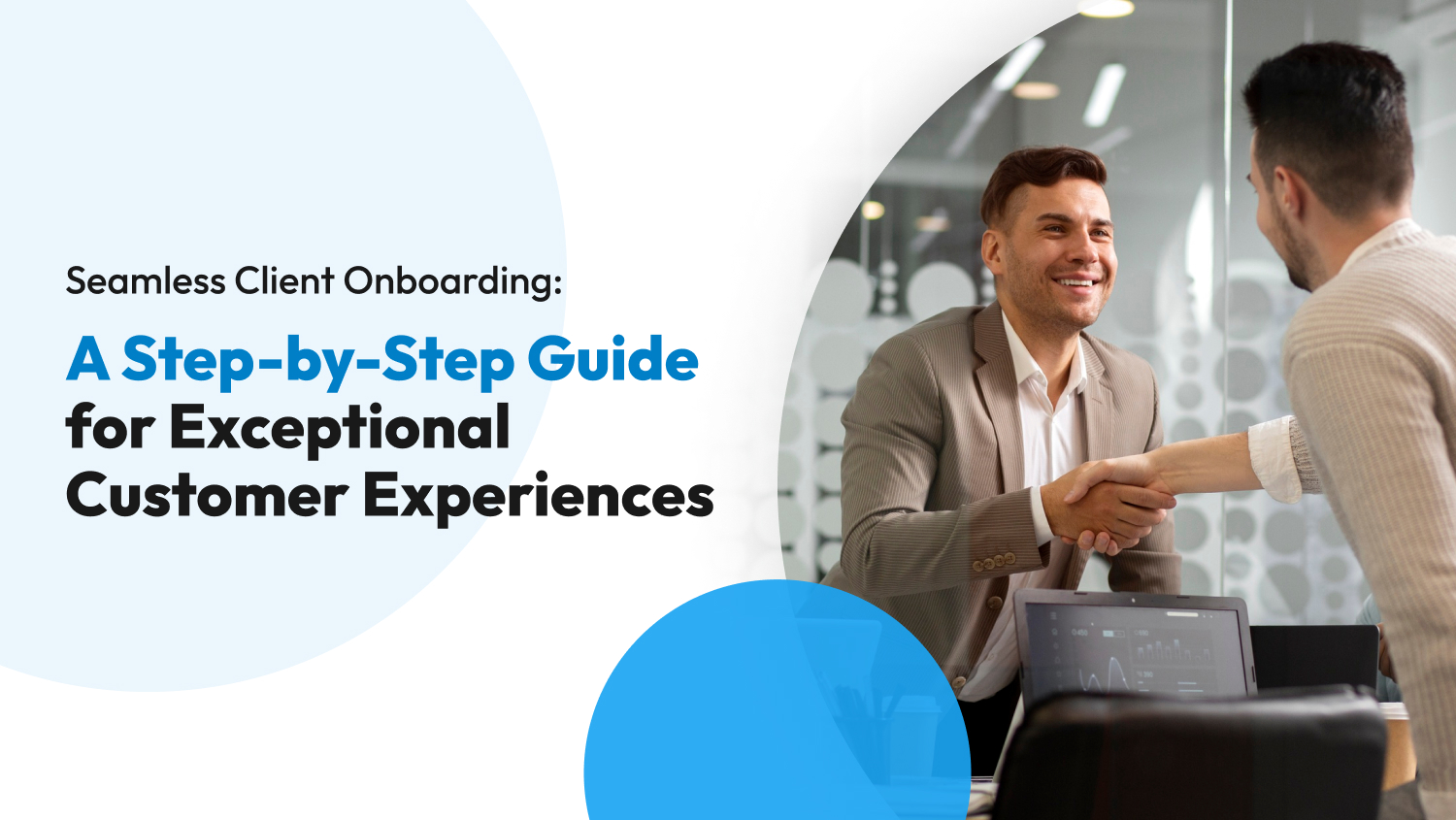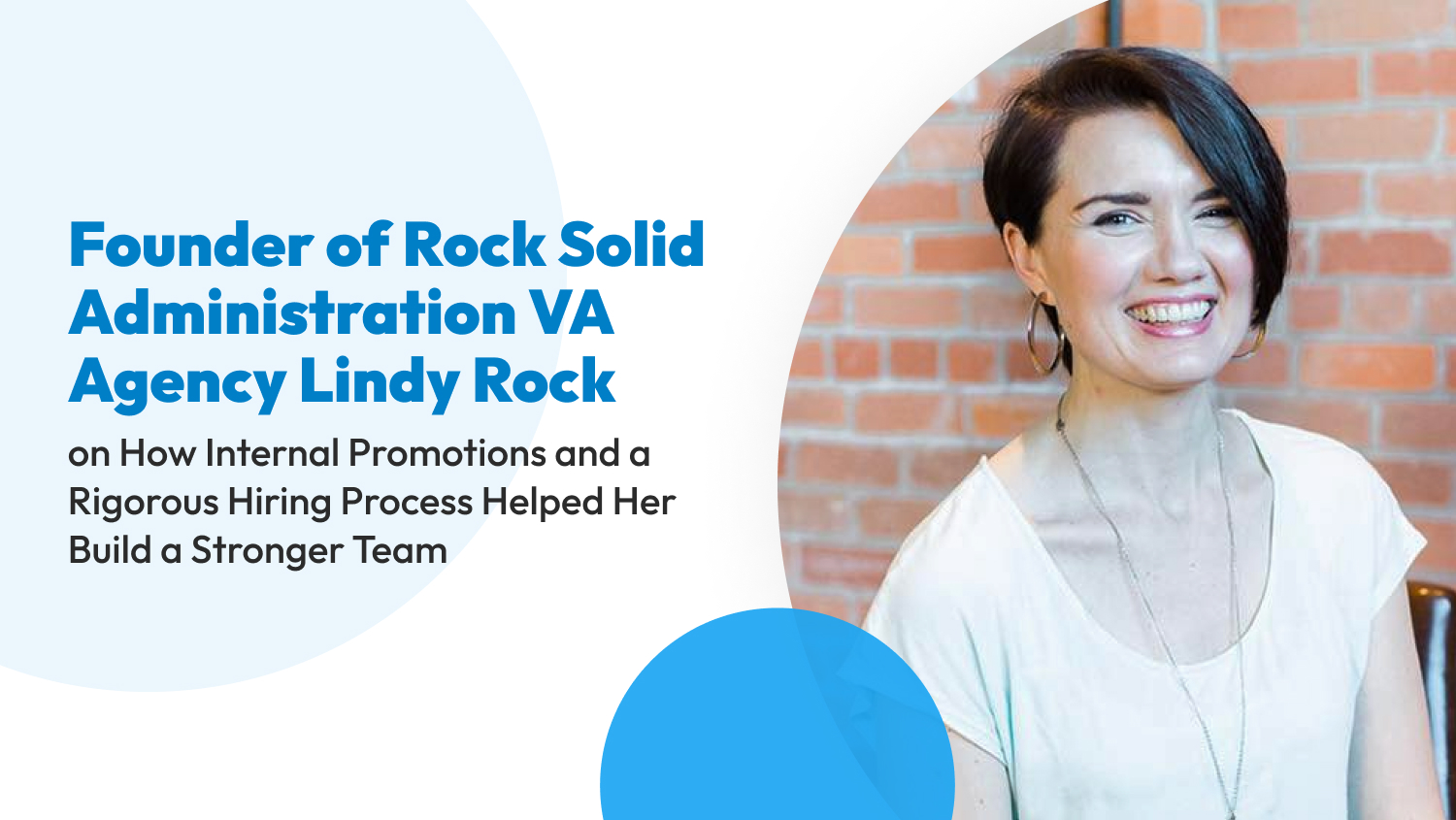Business
Seamless Client Onboarding: A Step-by-Step Guide for Exceptional Customer Experiences
Do you know clients are more likely to churn during the first 90 days? Onboarding expert Donna Weber points out that most clients (52%) abandon a product or service within 90 days due to a poor onboarding experience. This churn costs businesses billions annually.
This data shows that ensuring clients have a great experience is the best way to keep them for the long haul. This is just as crucial at the beginning of the engagement as it is throughout the rest of their time with your business.
Today, we’ll show you everything you must know about client onboarding and provide an actionable guide to improve your existing processes.
What Is Client Onboarding and Why Is It Important?
As the name suggests, client onboarding is the process of welcoming new clients into your business. It’s an opportunity for your business to build strong relationships, get the client up to speed, address any questions, and outline a strategy moving forward.
A well-thought onboarding journey helps clients shorten the time to achieve their goals and get maximum value from your products or services. It also helps keep clients engaged with your services, making it easier for them to understand the value they get from your business.
Most importantly, creating and implementing a seamless client onboarding process sets the tone for the relationship between the clients and your business. With an onboarding process established and consistently followed, you’ll not only earn clients; it also creates a word-of-mouth referral channel that lets you acquire new clients from broader, newer markets.
Client onboarding shouldn’t be considered an add-on — it’s a vital business phase. Once done effectively, it leads to the following:
- Less client churn. As mentioned earlier, clients are at a high risk of churning within the first 90 days. Maximize a well-thought onboarding process to build relationships and demonstrate value early on their journey to encourage them to stick.
- Improves efficiency. Onboarding helps your business just as much as it helps clients. It’s an excellent avenue to get more information from and about your clients, leaving you with the best possible position once you begin working with them. This results in improved efficiency and lesser bottlenecks in the future.
- Happier clients. Clients want to work with businesses that know what they’re doing, have a clear plan of action, and exhaust resources to build strong relationships. When you demonstrate these, you’ll make clients happier, resulting in repeat sales and increased profits.

5 Tips on Building A Seamless Client Onboarding Process
Every practice must have a repeatable client onboarding process set in place. Once you do, you can easily kick relationships off on the right foot, gain all the information you need to wow clients, and demonstrate professionalism.
Every practice will have its unique onboarding process depending on different factors, namely their internal abilities, clients, and services.
We’ve provided some guidelines to help you develop your own customized client onboarding process. Make sure to consider the factors above, so you can come up with an onboarding process that resonates with your clients and represents your practice.
Streamline the Customer Hands-off Process
The absence of a proper hand-off process is usually why clients feel neglected and ignored. And once they’re not fully engaged with your practice from the get-go, they won’t stick around long, which can eventually hurt your retention numbers.
Therefore, a well-defined client onboarding process must begin with a good hand-off process. A clear hand-off process demands all customer-facing teams to collaborate to build an effective client onboarding process.
For example, your practice’s hand-off process might specify that the marketing team is responsible for sending automated welcome emails to new clients on day one, and then the account management team is responsible for scheduling meetings.
Set Clear and Specific Goals
Onboarding is usually on top of your long list of client engagements, but it remains dependent on other aspects of client relationships. With this in mind, design an onboarding plan that maps back to the end goals — your own and that of your clients.
Always structure your onboarding process by setting the right goals. Start with the end goal in mind and set the right expectations early with your clients. Setting goals during the onboarding phase also makes it easier for you to track progress and improve your onboarding strategy later.
Different practices have different goals for their onboarding teams. The following are the most common goals that high-performing practices often set for their onboarding teams:
- Customer journey maps. Develop a visual map of how clients engage and foster relationships with your practice across different touchpoints.
- Service adoption. Make sure clients are aware and willing to maximize all the services you offer in the contract.
- Time to value. Ensure clients realize the value of hiring or working with your practice as soon as possible.
Get the Right Team on Board
Don’t have a dedicated onboarding team yet? It’s time to form one. While account managers can shoulder the onboarding process without any problems since they have the necessary experience and skills for the job, handing this responsibility to them can cause problems in the long run.
Making account managers wear different hats simultaneously can be a bit too much. Over time, spreading account managers too thin can take a toll on the entire client experience and the productivity of the teams they already handle.
Carve out a team of onboarding specialists instead of letting account managers take over the client onboarding experience. Creating this team is necessary, especially if your practice continues to grow and operates in a highly competitive niche or industry.
An excellent client onboarding team is a good mix of experts who bring different skills or experiences to the table. For example, the best onboarding professionals possess most — if not all — of the following traits:
- Active listening
- Analytics
- Copywriting
- Interviewing skills
- Negotiation skills
- Research

Invest in the Right Tools
Tools play a vital role in creating and implementing your client onboarding process. The right set of tools can help your practice with three things: automation of repetitive tasks to save resources, capturing client data under the same platform, and allowing teams to collaborate.
To that end, we’ve listed some of the must-have tools to ensure the efficiency of your client onboarding process.
Google Workspace
Any office productivity suite actually works. If you’re not comfortable using Google Workspace, consider Zoho Office Suite or Microsoft Office 365. We’ve highlighted Google Workspace here because it’s better than most office suites in terms of features and usability.
Google Workspace addresses common productivity problems, ranging from email configurations to complex workflow requirements.
With Google Workspace, you can personalize email addresses using its merge tags, like @firstname and @lastname. Gmail automatically replaces these tags with the recipients’ names after you trigger the email sequence. As a result, you can improve your onboarding email communication without losing that personal touch.
ClickUp
ClickUp enables your practice to manage different projects in one place, including your practice’s existing projects and onboarding workflows. With ClickUp, you can streamline multiple projects, like goals tracking, task management, process automation, document collaboration, and more.
In addition, ClickUp is also easy to customize, making it a perfect fit for all practices regardless of nature and size. The same applies to its pricing, too. ClickUp offers a free-forever plan with loads of features while its paid plans start at $5 per member per month.
Slack
Slack makes communicating and collaborating easy, from sending contracts to sharing invoices. Sure, you can always communicate through emails, but Slack is way better as it enables teams and clients to:
- Automate workflows and approvals to save time and energy from completing time-sensitive projects;
- Discuss changing priorities in real time;
- Exchange feedback in one place;
- Search through channels to find past conversations and data points; and
- And more!
Note: The tools’ features and prices mentioned here are accurate as of May 2023.
Measure Success
Onboarding is a vital component of customer success, which impacts customer experience and your practice’s revenue. Therefore, onboarding teams must implement a feedback mechanism to compare their efforts to the outcomes.
Fortunately, measuring the efficacy of your client onboarding process is easy once your onboarding team sets clear goals in the beginning. Aside from measuring the goal-specific metrics, don’t forget to measure the success of the program based on qualitative data, like tracking project costs or capturing client data.
Tracking the progress of your client onboarding program will help your practice see the bigger picture and make it easier to improve the process moving forward.
Give Clients a One-Of-A-Lifetime Experience
Design your client onboarding process in a way that maps your client’s ideal journey from the moment they come in contact with your business to the time they become your brand ambassadors. We know the process is easier said than done, so you should continuously work on your onboarding process until your clients start raving about their experience.
But be wary; there will be many challenges when you come up with a new onboarding program — ranging from managing client expectations to establishing transparency throughout the process.
By following the processes outlined here, you can create an onboarding experience that will be the start of many great projects and deeper client relationships!











